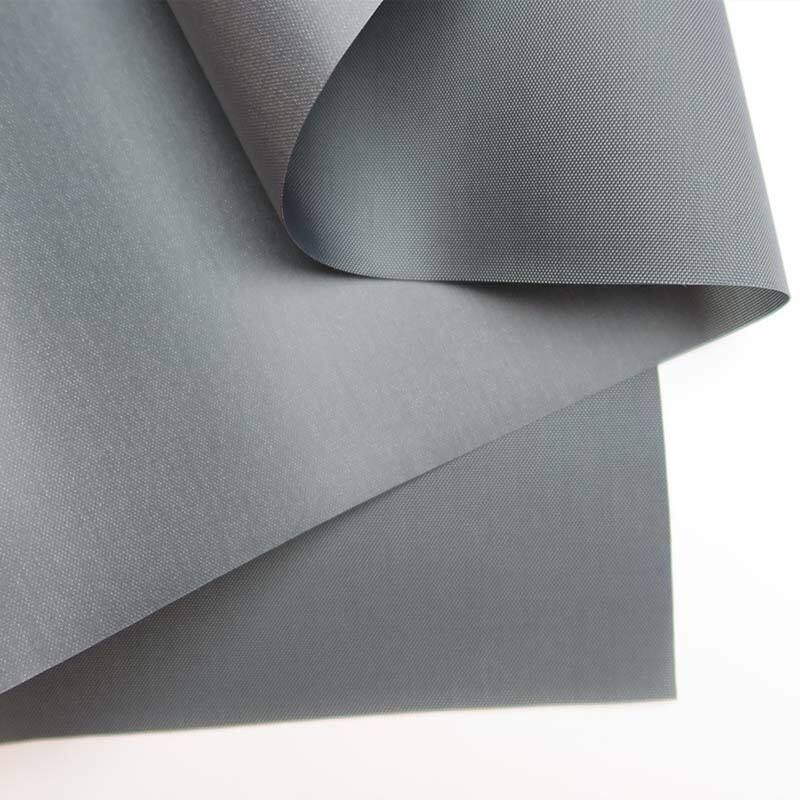The Revolutionary Breakthrough in Textile Technology - The Thermoplastic Polyurethane (TPU) Fabric
Thermoplastic Polyurethane fabric is, in the universe of advanced materials, a fascinating compound created by us humans that brings together plastic and textile worlds resulting in an extremely versitile product which has seen widespread use across different industries. This remarkable class of polymers has an important combination of properties that make them the material-of-choice for applications where strength, flexibility and resistance to environmental degradation are critical. The compound-starved future of post-TPU performance wear, a land where sustainability meets high-performance demand and function encounters no bounds.
The Unrivaled Versatility of Thermoplastic Polyurethane Fabric
Why TPU is so attractive From the beginning, this extreme flexibility lies at the heart of what makes TPUs appealing. While TPU is highly versatile and can be carefully engineered to mimic spandex-like stretchiness or the rigid toughness of hard plastic, none of these TMCP experiments appear to have involved anything quite so fancy. It gives TPU a chameleon ability - it can adapt to different sectors (from medical, automotive and sports-marials industry to fashion as well. Its thermoplastic means it can be heated and moulded over again without degradation, but that's a must for recycling and reuse if we listen to the chant of the circular economy rallying cry elsewhere in these environmentally fervid times.
Why TPU Fabrics are Developing the Future of Performance Wear
Challenges in perfomance wear are a balance between comfort, protection and some physical enhancements Where TPU fabrics really shine is their unchallenged stretch and recovery, exceptional moisture control properties imprisonment effectiveness combined with great abrasion resistance. TPU plays an essential role in athletic apparel by making the user feel like a second skin while ensuring ease of movement and protection against various elements. Providing an unbeatable combination of lightness and strength, there is no better material to underpin the fabric worn as a second skin by elite athletes or adventurous explorers across the world.
An Insight Into Eco-Friendly Aspects Of Thermoplastic Polyurethane Materials
TPU is no different, as sustainability now influences material science. New advance formulations also allow the production of bio-based TPUs, which are sourced partially or fully from renewable resources like corn starch or castor oil. The use of these eco-friendly substitutes decreases the carbon footprint related to the regular petrochemical polymers. Moreover, TPU is recyclable meaning that its lifecycle can be more circular and thus reduce waste with responsible consumption. With a growing wave of consumer demand and industrial shifts towards green solutions, bio-based TPU is positioned as one of the more sustainable textile innovations out there.
Applications of TPU Fabric in The Multifaceted World
TPU is particularly versatile and not only in the design of sportswear. In medicine, it is used to make sterile yet breathable barriers such as those employed in modern wound dressings. TPU is also a stalwart of the automotive industry, used in seating, interior trim and even airbag fabrics due to its strength and abrasion resistance. Fashion designers rely on its one-of-a-kind aesthetic and functionality to create groundbreaking fashion pieces, expanding the boundaries of wearables. In addition, due to TPU's excellent adhesive properties it is perfect for coating and laminating so that a variety of products from outdoor gear to casing in electronic devices can significantly increase their durability as well as waterproofing.
Protection Against the Elements: Waterproof and Breathable Thermoplastic Polyurethane Textiles
Perhaps there is no better known feature of TPU than its role as a waterproof barrier with breathability. This hybrid of waterproofness and breathability is a critical need in outdoor clothing for active individuals who want protection from the elements without baking on dry sunny days. TPU membranes or coatings that let sweat vapor out, but trap moisture from the outside to keep you dry and comfortable no matter how hard you work. This hydrophobic property as well its flexibility and durability means that TPU is the material of choice for high performance outerwear transforming our interaction with out world.
So in conclusion, here we have Thermoplastic Polyurethane fabric that literally is one of the projects that marks a milestone and makes us to re-think everything beyond fibers developed by nature. The material smashes standard benchmark tests for versatility, future-minded performance wear applications; environmental concerns and possible end-of-life scenarios of today are no comparison to the all-sides practical TPU that balances waterproofing with breathability. And as we push the boundaries of what fabrics are able to do, Within Thermoplastic Polyurethane, a light shines bright guiding us in our path towards merging performance with sustainable comfort.
Table of Contents
- The Unrivaled Versatility of Thermoplastic Polyurethane Fabric
- Why TPU Fabrics are Developing the Future of Performance Wear
- An Insight Into Eco-Friendly Aspects Of Thermoplastic Polyurethane Materials
- Applications of TPU Fabric in The Multifaceted World
- Protection Against the Elements: Waterproof and Breathable Thermoplastic Polyurethane Textiles

 EN
EN
 AR
AR
 BG
BG
 HR
HR
 CS
CS
 DA
DA
 NL
NL
 FI
FI
 FR
FR
 DE
DE
 EL
EL
 HI
HI
 IT
IT
 JA
JA
 KO
KO
 NO
NO
 PL
PL
 PT
PT
 RO
RO
 RU
RU
 ES
ES
 SV
SV
 CA
CA
 TL
TL
 IW
IW
 ID
ID
 LV
LV
 LT
LT
 SR
SR
 SK
SK
 SL
SL
 UK
UK
 VI
VI
 TH
TH
 TR
TR
 FA
FA
 GA
GA
 BE
BE
 BN
BN
 IG
IG

